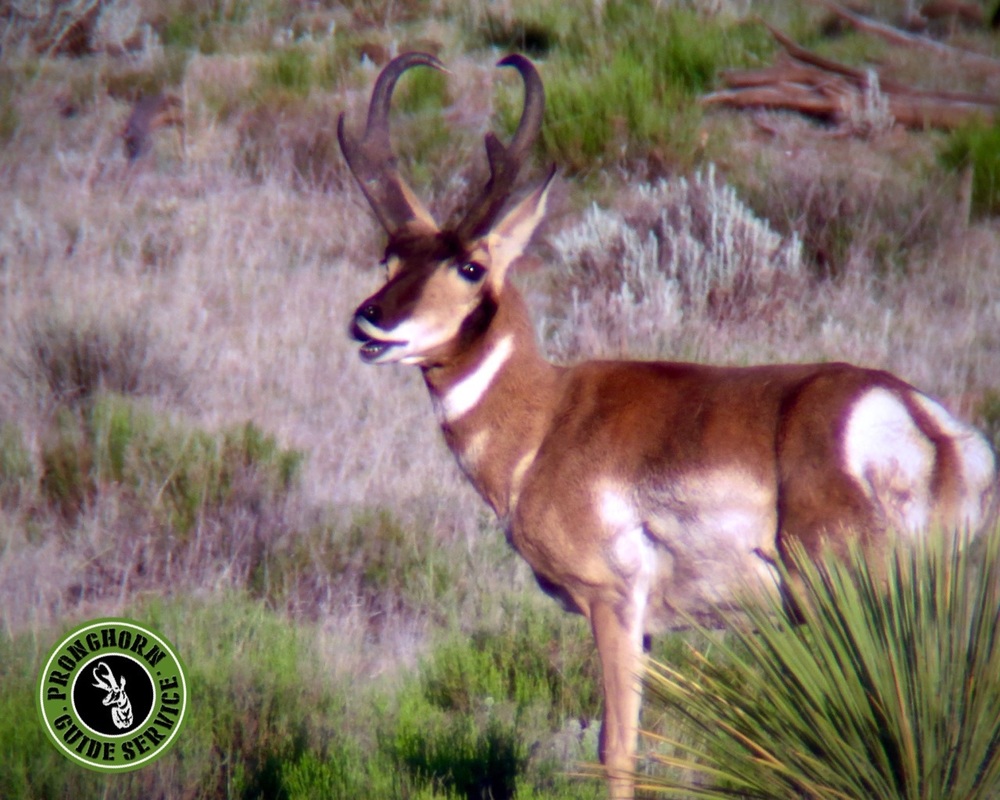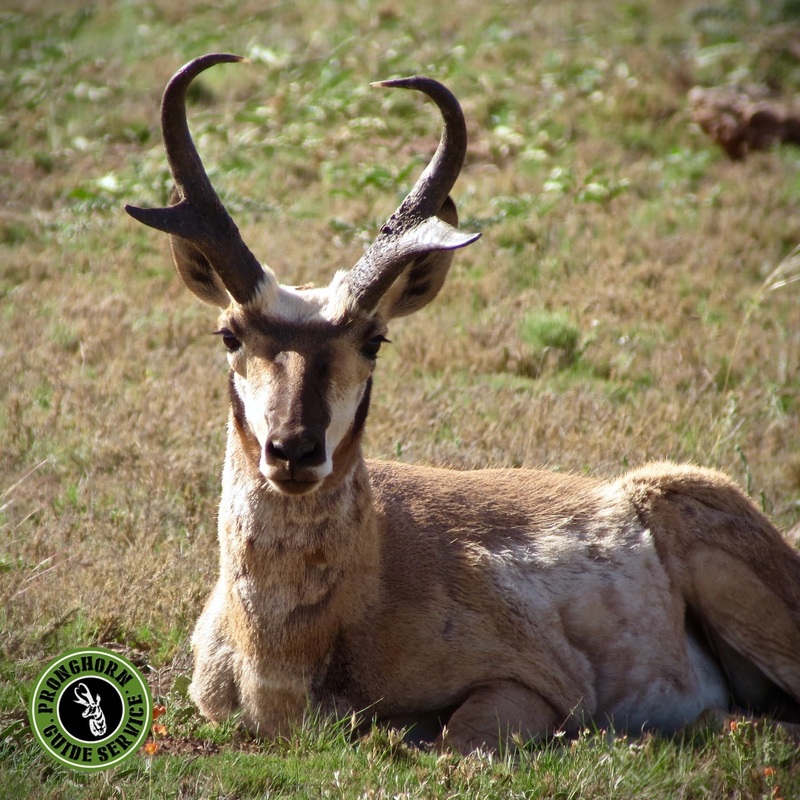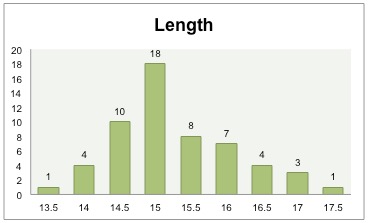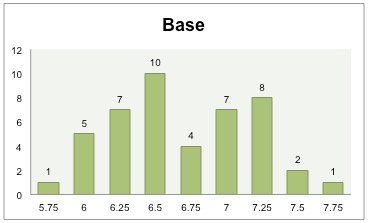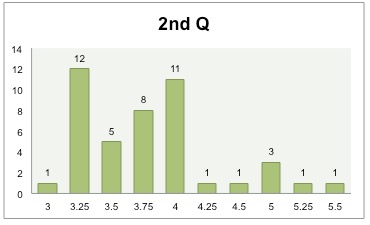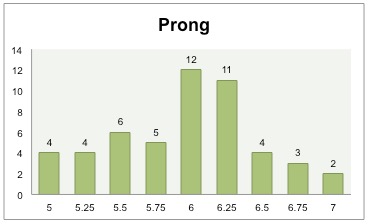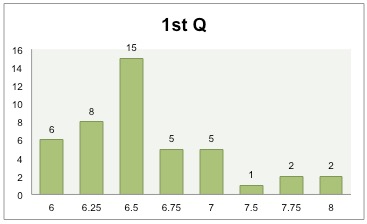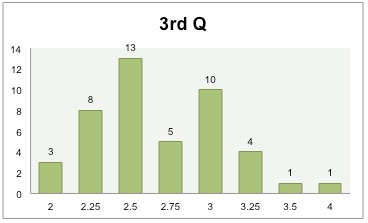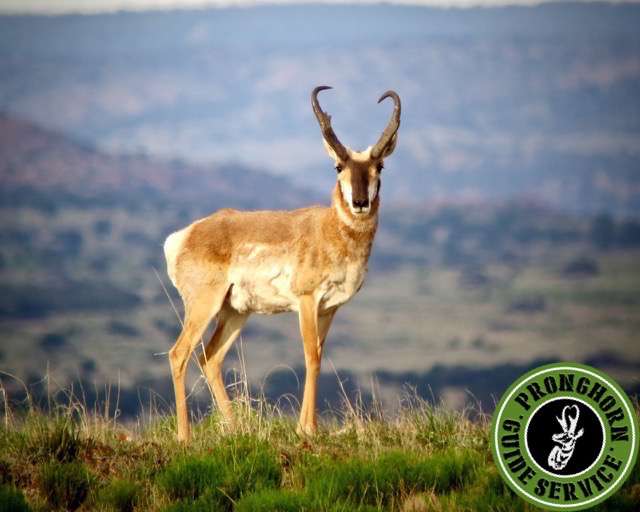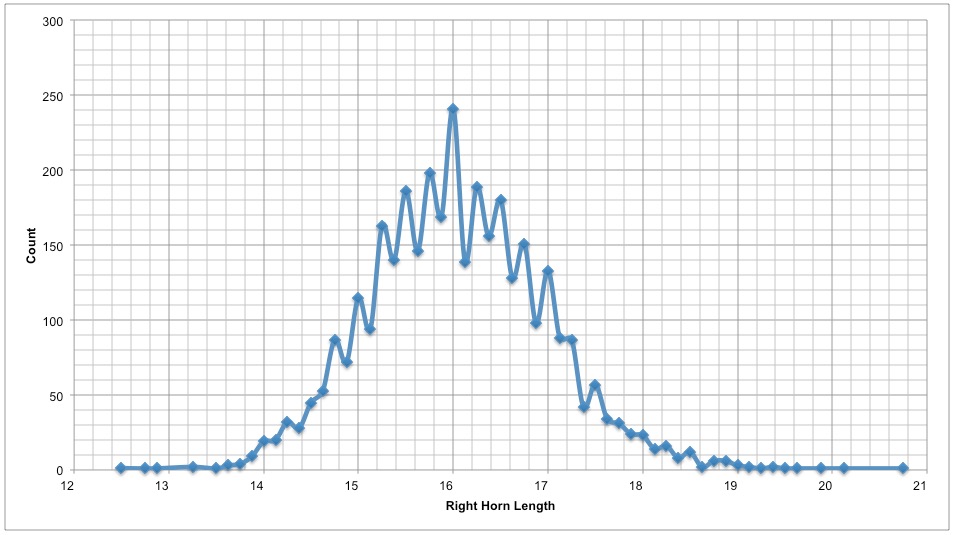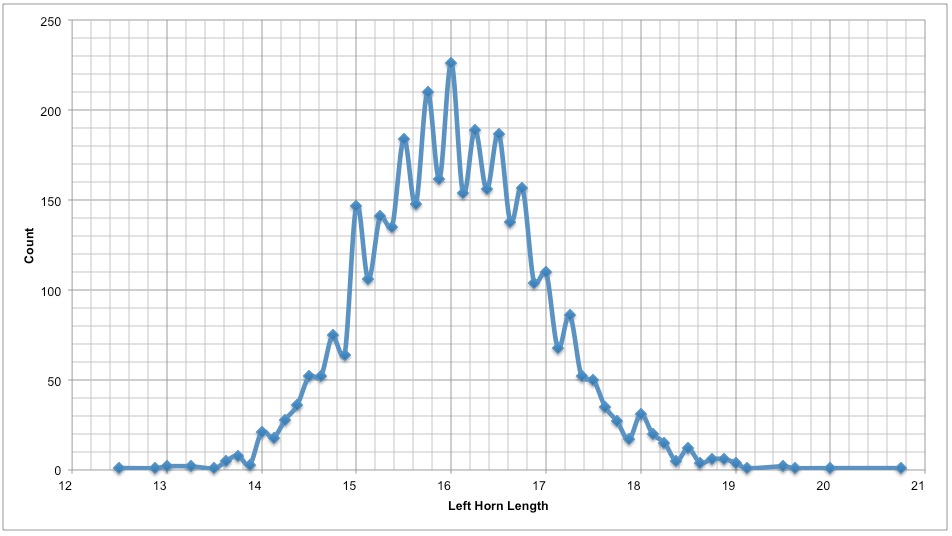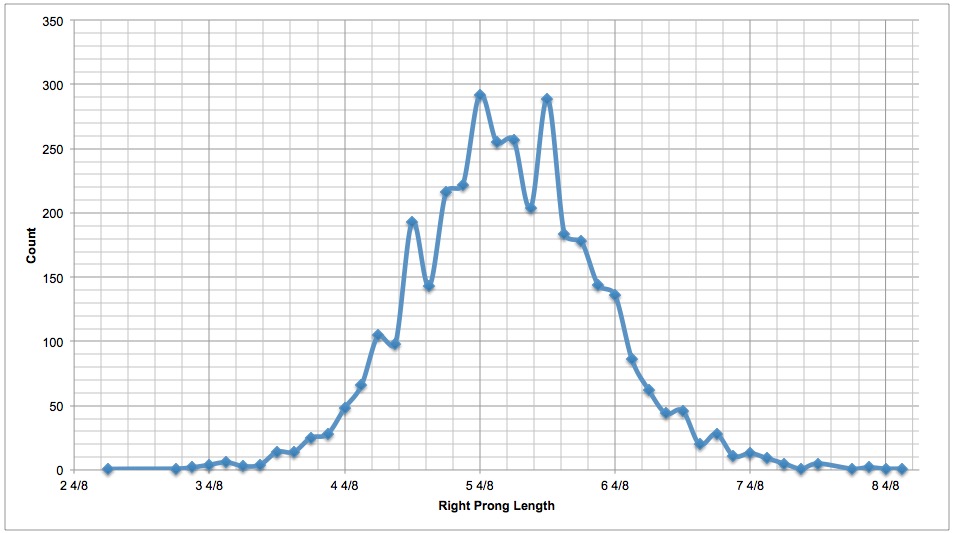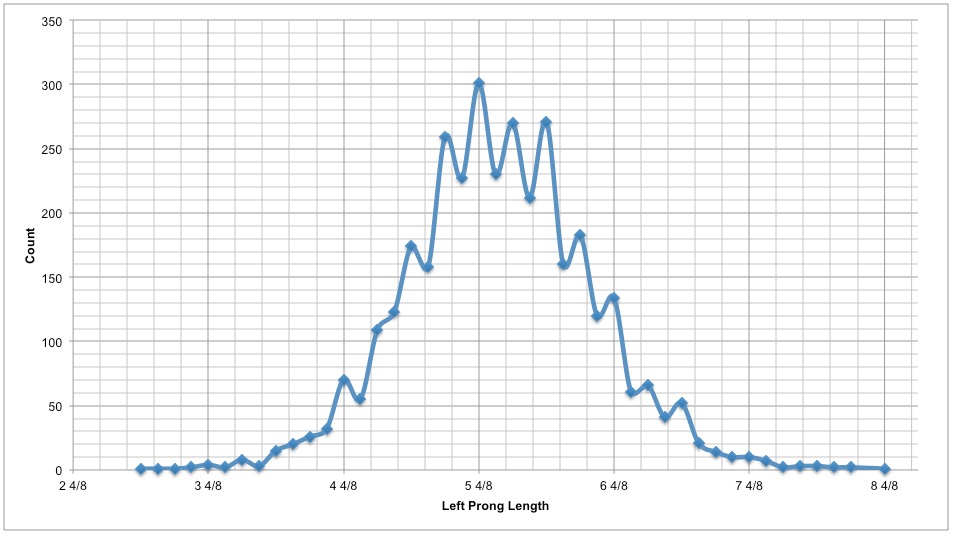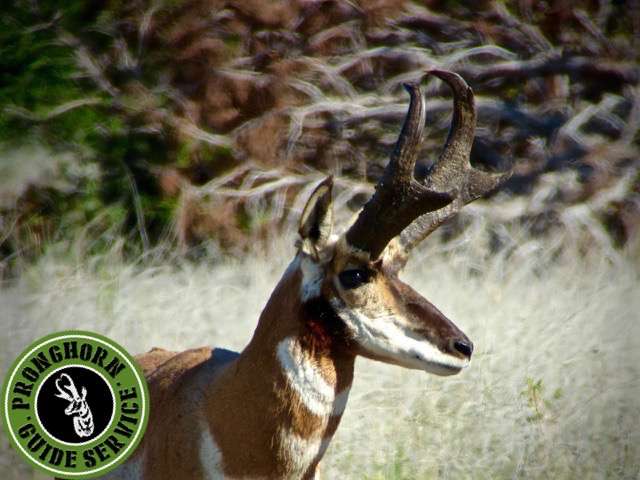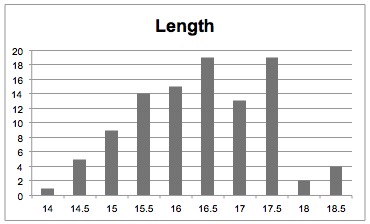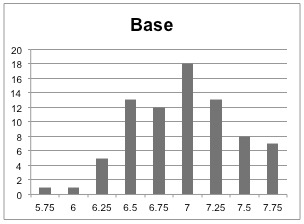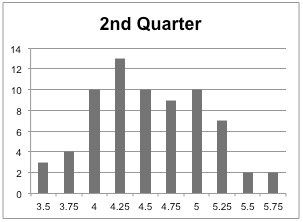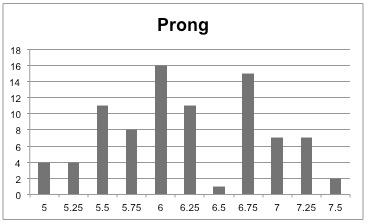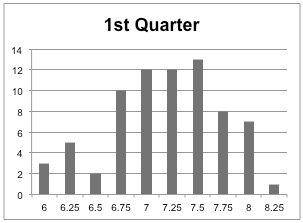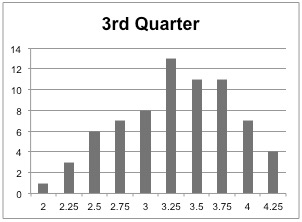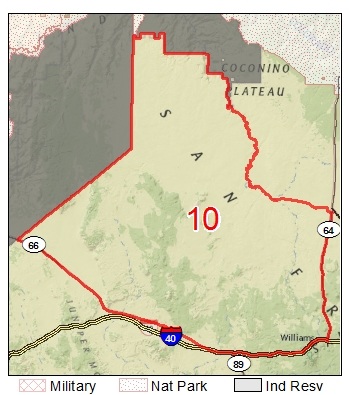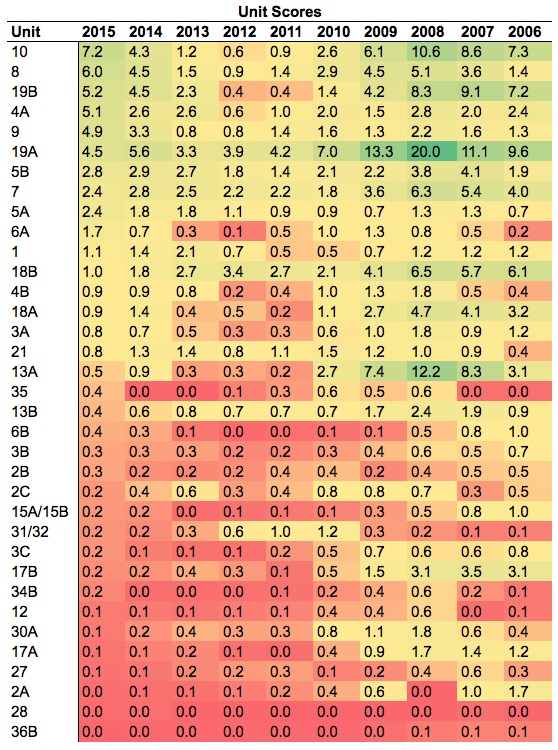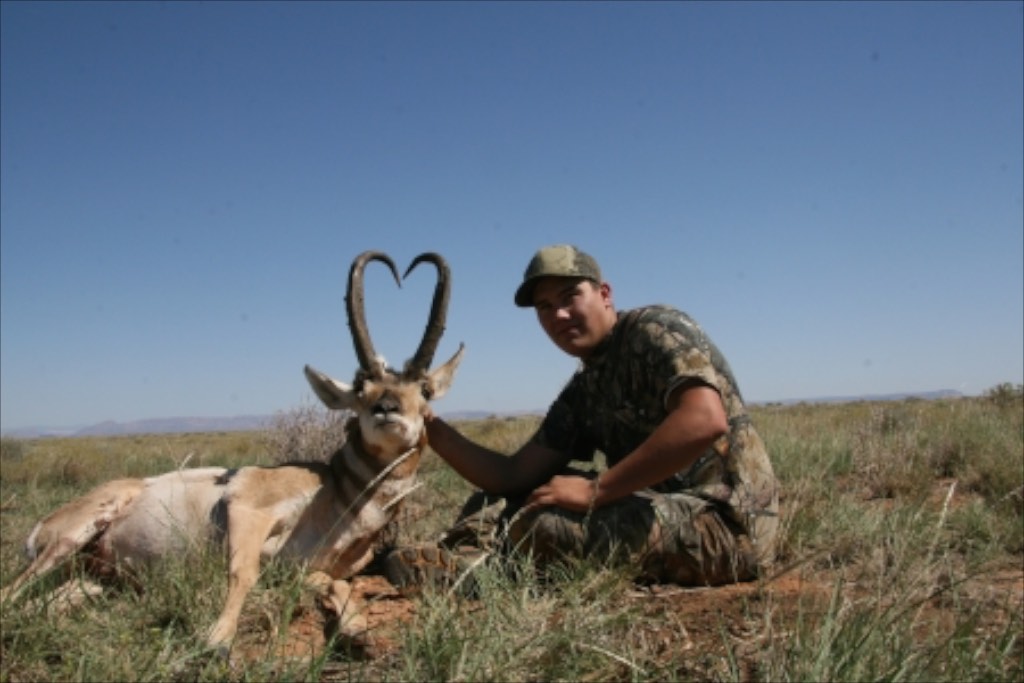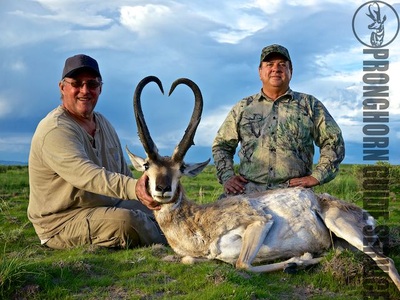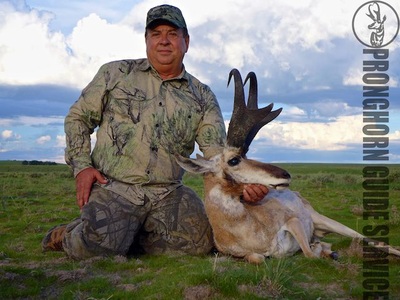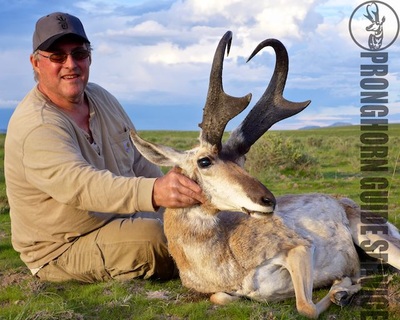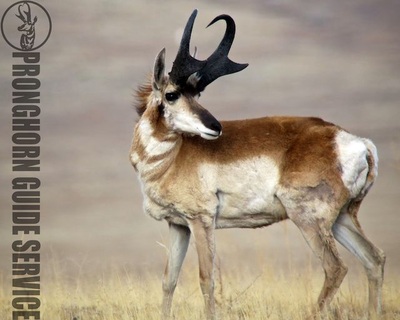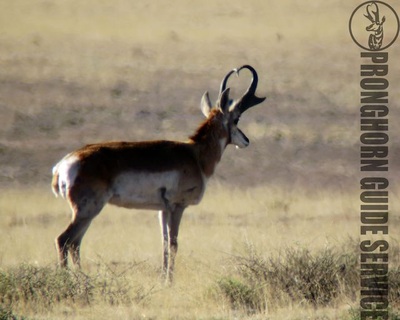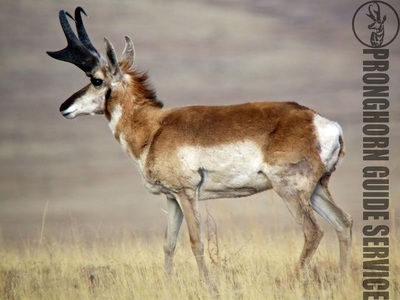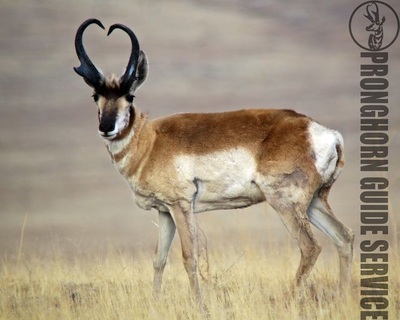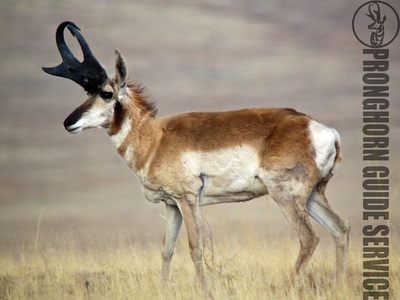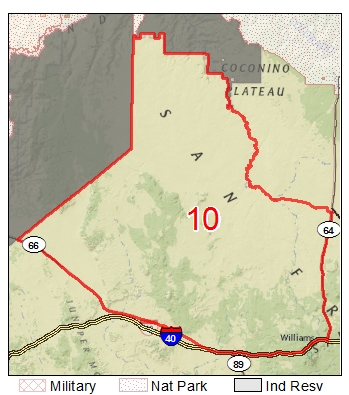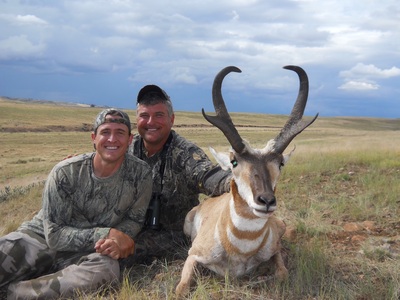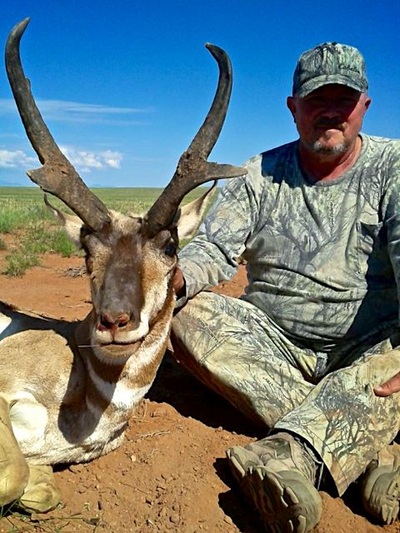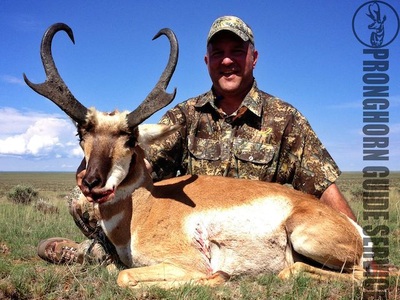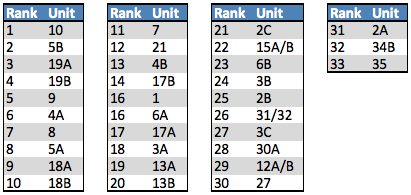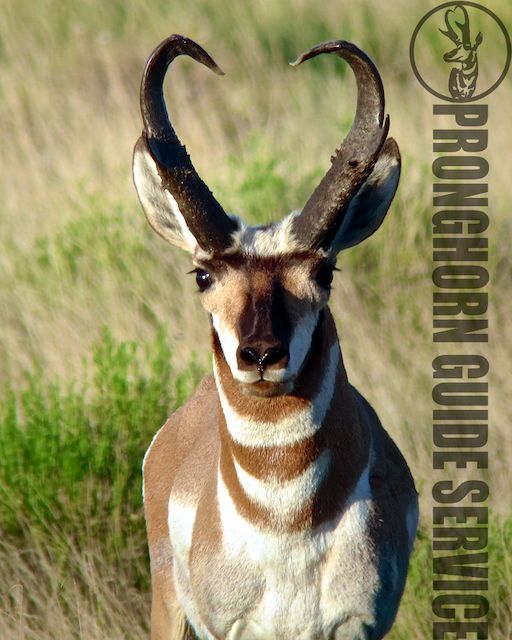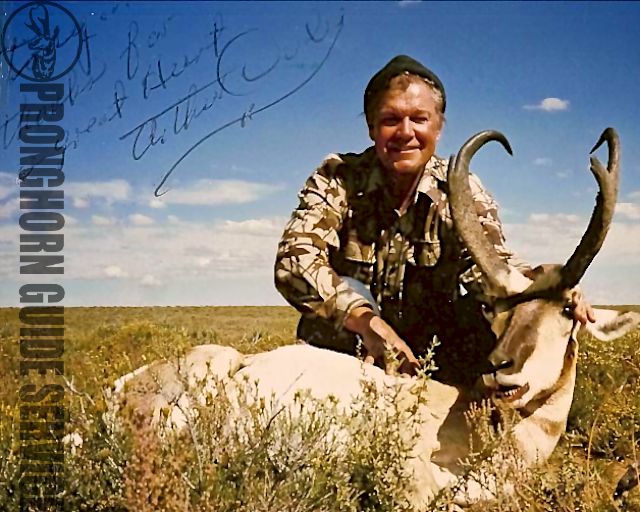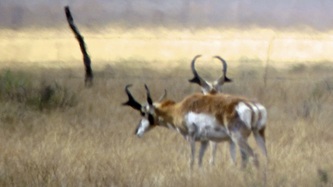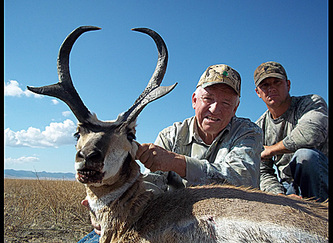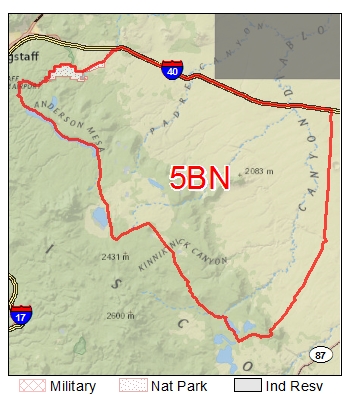|
Field Judging Poll #3 didn't go as well as the first two. We only had 24 votes and I think the lack of voters skewed the results. Here they are:
Length: 15 6/8 Prong: 6 2/8 Total Length: 22 Base: 6 7/8 1st: 6 7/8 Bottom Mass: 13 6/8 2nd: 3 7/8 3rd: 2 7/8 Top Mass: 6 6/8 Score: 84 6/8 On the surface none of these results seem out of the ordinary, but let's dig a little deeper. Length: I think this is actually pretty accurate, but I disagree with it. I've looked at the buck over and over and he looks a lot longer than that to me. When I break it down I come up with 6 4/8 TP and 9 5/8 PP for 16 1/8. Sometimes he looks even longer than that to me, but given the crowd has him at 15 6/8 I'll shy away from the higher numbers I was thinking of. By season he may put on another 2/8 - 4/8. Fingers crossed. Prong: I think the crowds number is low here as well. I see about 4 OH with a typical 2 4/8 BP for a 6 4/8 prong. If we look at his left side profile I see about 2 eyes worth of prong OH. His right prong has always looked shorter to me, but I have a theory about that and it leads me to believe that both prongs are usually similar in length unless there's an obvious difference. Bottom Mass: I think this is close, but if we remember the field judging tip during poll #2 (low, big prongs = increasing 1st Q measurement) then we'll probably see something more along the lines of a 6 6/8 base and 7 first quarter. Or if we scale it up a 6 7/8 and 7 1/8 or 7 and 7 2/8. You get the idea. Top Mass: I think this will be 7+. Most mature big Arizona bucks have at least 7 of top mass and this buck doesn't look any different to me. My numbers total about 87. My individual numbers aren't much different, but when you add them all together it turns out to be quite a bit. He looks even larger than 87 to me at times but I'll try to err on the side of caution. Once again I think the crowd created a very credible forecast for this buck's score. There were a total of 54 votes cast to create this breakdown:
Length: 15 2/8 Prong: 6 Total Length: 21 2/8 Base: 6 6/8 1st Q: 6 5/8 Bottom Mass: 13 3/8 2nd Q: 3 7/8 3rd Q: 2 5/8 Top Mass: 6 4/8 There isn't much for me to improve upon with these numbers as they're once again very close to my guess. If I were to change anything it would probably be the prong length. I'd increase it by maybe 1/8 or so. Very minor detail which wouldn't influence the score much. There is one thing I'll address: Field Judging Tip: The majority of the time when a buck has big prongs fairly close to it's head, the 1st Q measurement will almost always be the same size or larger than the base measurement. Once in awhile you'll notice that the base will "mushroom" from the front view, and in cases like that the base might be larger. In the case of the buck in this poll I'd say the base and 1st Q are very similar from the front and that the buck's two measurements will follow the normal pattern of being the same size or the 1st Q being slightly larger. With that said I think I like the measurement numbers for the base and 1st Q, but I'd like to see them flip flopped. If anyone has any comments or thoughts on how to make the analysis better please let me know. I'm having fun with these, I hope everyone else is too. The graphed results are below. I was looking at all the pronghorn scoring stats I could possibly dig up through the B&C Trophy Search. While looking through the B&C data on 3467 bucks (data was pulled from the site 6/21/2015) I noticed something peculiar. It seems as though B&C scorers have a strong bias toward measuring the length and prong in whole quarter numbers rather than in the smaller eighth increments. Of the 3467 bucks, 57.14% of the length measurements and 56.23% of the prong measurements ended in either 0/8", 2/8", 4/8" or 6/8". The odd eighth's of 1/8", 3/8", 5/8", and 7/8" occurred on only 42.86% and 43.77% of the trophies. I've attached the graphs of both of these occurrences broken down into right and left horns. In the charts it's easy to see the strange trend with the jagged lines. What does it all mean? It means that B&C scorers may subconsciously fall into the trap of using even numbers. One reason for this, according to the studies that I've looked up, is that even numbers are more liked and are more easily added and subtracted.
Here's one of the articles I found: Why Odd Numbers are Dodgy, Evens are Good, and 7 is Everyone's Favorite Edit: I've decided there could be a couple more possibilities that I've overlooked that have nothing to do with psychology. 1. There could be a certain number of measurers who, for whatever reason, are using tape measures that only have quarter inch marks. I'm sure this isn't common, but it has to be a possibility given the evidence. 2. More likely than 1 is that there could be numerous scorers who have old tape measures that simply have been worn out over time. This could make the dashes on the 1/8 marks very hard to read and therefore easier to skip past when looking at the tape. There are probably other reasons I haven't considered as well. Does this affect anything with regards to scoring or field judging? I haven't decided yet. The results are in on Field Judging Poll #1. I'm very happy with how the judging turned out. Nearly 100 people voted so I think the results should provide some decent data.
The average results were: Length: 16 3/8 Prong: 6 2/8 Base: 7 1st Q: 7 1/8 2nd Q: 4 4/8 3rd Q: 3 2/8 These numbers equate to 14 1/8 on the Bottom Mass and 7 6/8 on Top Mass for 21 7/8 of Total Mass. Total Length is 22 5/8. The overall average score is 89.18 inches (I rounded on the other numbers for simplicity). These numbers are actually really good and very close to my numbers on this buck. I have him guessed at 90 2/8 overall. Length: I have the buck guessed at exactly the same length as the average of the poll - 16 3/8. I have him at 7 6/8 from the base to the intersection of the prong (the "to the prong" measurement or "TP" for short.) I then have him at 8 5/8 from the intersection of the prong to the tip of the horn (the "past the prong" measurement" or "PP" for short.) These numbers are based on giving the buck a 6 6/8" ear and an 8" face. The ear measurement seems off as bucks in this area generally have longer ears than that. An 8" face is reasonable to expect in this area. The eye is set at 1 6/8 which is smaller than usual. All of this could mean that my estimate and the crowds average estimate is on the conservative side. However, these photos were taken June 4th so the buck should grow at least another half inch, maybe more. I expect the final length measurement to be closer to 17 inches. Prong: I have his prong a hair shorter than the crowd at 6". This is based on giving him 3 3/8" of prong protruding off the main horn (the "off the horn" measurement or "OH" for short.) This would obviously mean he would have 2 5/8" of prong length around to the back of the horn (the "behind the prong" measurement or "BP" for short.) My guess of 3 3/8 is based on assuming that the left prong is slightly shorter than the right prong which may or may not be true. And given the mass this buck has on his 2nd Quarter I may be underestimating the BP by 1/8. (A little tip on guessing prong length - almost all mature AZ and NM bucks have a BP measurement of between 2 and 2 6/8. Only the very thinnest of bucks will be smaller than 2 and only the freaks will be more than 2 6/8.) Bottom Mass: I have the base at 7 2/8" and the 1st Quarter at 7 5/8". Both of these are larger than the crowd by a total of 6/8 inches. These two measurements have the largest discrepancy between the crowd and I. I'm not sure why, but if the buck tightens up slightly while he grows a half inch longer over the summer, the final measurements could be more in line with the crowd than mine are now. Top Mass: I have the 2nd and 3rd Quarter at 4 6/8" and 3 1/8" for 7 7/8" of Top Mass - only 1/8" different than the crowd. I think I probably have the 2nd Q higher because of where I believe the measurement will fall - which is to say I think it will be very close to the prong and be larger than it might be on a buck with prongs closer to it's head. All of this said I usually underestimate on purpose and the bucks usually end up scoring 1 or 2 inches bigger than I guess in the field. I like to err on the side of caution when field judging and then be pleasantly surprised when the hunt is over. It's much better than the alternative. If you played along and are getting lost with all of our mumbo jumbo then you might want to check out our field judging DVD. It explains a lot of what I refer to in this post. Here are the data charts from the poll: I've been working on a new ranking system for Arizona trophy pronghorn units. As always, the key factors are fawn survival rate, health, weather, and genetics. Each unit is given a ranking from 0 to 20. The only unit to ever receive a ranking of 20 was 19A in 2008. My data only gives me rankings back to 2006, so take that for what it's worth. If we went back to the mid-90's I'm sure 19A would have had a ranking in the 40-50 range! With this new ranking system, we can compare a unit against another unit in a different year. For instance, 18A ranked 14th last year and 14th this year, but now I've given each unit a "Unit Score". With this Unit Score we can see that even though the ranking of 18A is the same as last year the Unit Score in 2014 was 1.4 and this year it has dropped to 0.9. Judging from what I saw in photographs 18A should have ranked a little higher than 14th which shows us the limitations of a system such as this. I'm going to post the complete list of Unit Scores from 2006 to 2015. You'll notice that some of the scores don't coincide perfectly with my published pieces from last year or the year before. That's because the ranking formula has been updated and simplified. Note that this doesn't automatically make it better, just a little different and easier for me to update. Also note that 1.5 is an average score and I believe that any unit with 1.0 or better shouldn't be overlooked. The list below is ranked based on the 2015 Unit Scores. Some observations: 1. Unit 10 projects to be the best Arizona unit since 19A in 2010. 2. Unit 8 kind of crept up on us. There was a 95 inch buck killed there last year. My old ranking system had Unit 8 ranked 7th last year. The new ranking system would have ranked Unit 8 second last year. 3. 13A shows some bizarre behavior, namely 2008. The photo below was from a buck killed in 2008. The buck was taken by Sam Dosey and was over 90 inches. I'll do some more analysis and see if I can locate better cutoffs for what's good and what's not. Right now it's all based against averages as a whole.
If anyone has any thoughts about the rankings let me know in the comments below. Mike's buck has been declared the Official B&C World's Record Pronghorn with a score of 96-4/8", beating the old World's Record by 1-4/8".
Here's a link to the official press release on B&C's web page - RECORD PRONGHORN CERTIFIED BY BOONE AND CROCKETT. Here are a few photos of Mike's buck. We took the live photos in early June, which is why the prongs appear to be low on the horn (the buck wasn't done growing at the time). Last season I crunched the numbers and produced a list that indicated units 5B, 19A, and 10 would be the top three units in the state. Did those units live up to the hype? Did the entire list accurately represent what actually happened during the season? I'd say it did a reasonable job. Below I'll review the Top 10 preseason list and what actually happened (that I have information about). 5B: We scouted it and didn't turn up much in June or July. We didn't scout it much in August or September. We kept hearing rumors of at least three giant bucks, but couldn't produce any of them. My guess is that the buck pictured in the middle above is one of those three rumored bucks. 19A: Overall, I would say 19A was OK. It was good in a general sense, but not good for what 19A has been capable of in the past. The buck Corky took above was in 19A, and one of the Special Commissioners Tag hunters killed his buck in 19A (Art Pearce). There were a few other good bucks around, but not as many as we would have liked to have seen for this to be ranked at #2. 10: The numbers in 10 look to be doing well, and the bucks in the 75-79 inch class are in full force. However, the upper tier bucks seemed to be lacking. There were actually a good amount of them, but when you consider the size of the unit and the number of tags issued, the percentage of good bucks per hunter weren't up to Unit 10's pedigree as a perennially ranked top unit. Also, I don't recall hearing of or seeing a buck I thought was over 88 inches in the unit which is unusual. One of the raffle tag bucks was killed here and I heard that it scored in the 87 inch range. 5A: Unfortunately, we didn't get the time we needed to scout 5A. We heard of a rumored 90 inch buck but we didn't see him and neither did anyone we know. 19B: A friend of ours killed a buck on one of the private ranches that scored 90 SCI and 88 2/8 B&C. There are others in this unit but most of the best private land is inaccessible. The private land that you can access either charges a trespass fee or requires a separate application to draw. 8: We found one buck in the 85 inch range in this unit. Like 5A though, we didn't get to scout it very much and don't have a lot of information to report. 18B: We didn't scout this unit at all, but we did hear of a giant buck rumored in the unit from a reliable source. 4A: We found a couple 82 inch bucks during our scouting in the unit, but also have confirmed photos of a mid-80's buck in the unit that we never saw. Overall, the number of boomer bucks wasn't very good. 17B: We know of one giant 87 inch antelope killed in the unit. Most of the unit is private so we didn't scout it much. 18A: This is the unit where we guided Len Guldman to his Special Commissioners Tag Buck that score 91 6/8 B&C. There were only a couple other bucks that we located that we thought were over 82 and two of them were on private land. Of the entire rest of the list this is what we know: There were a few good bucks taken in Unit 9 - one by our hunter Tim Gomez that scored 86 B&C - and there were a few good bucks in Unit 7 taken by hunters who hunted with Timberland Outfitters. And that's about all the information I have for all the other units in the state this year. Either not much good happened in the rest of the units or all of the hunters are keeping very quiet about it. My guess is that not much happened. Here is this years list: There's only one new unit to the Top 10 and that's Unit 9. The unit that got pushed out of the Top 10 is 17B. Other then that the rest of the Top 10 just got shuffled around a little bit based mostly on the fawn crop in the pertinent years.
Compared to Eastman's MRS: Eastman's lists 13 different units in there "Top Arizona Rifle Units". Of them 13A and 13B should probably not be listed. Compared to Huntin' Fool: The Huntin' Fool also lists 13A which shouldn't be on the list. The rest of their top units are similar to mine and Eastman's. I hope this list helps someone out there and good luck to everyone in the draw! A lot of big bucks have been taken in Arizona over the years with the help of the Arizona Special Commissioner Tags. These tags have raised over 1.7 million dollars since their inception. This money is dispersed amongst various habitat improvement projects for Arizona's fleeting antelope. The question is, do these tags impact the average trophy hunters odds of having a chance at hunting one of the biggest bucks in his chosen unit? Here's what my research shows... Since 1990 there have been 55 Special Commissioner Tags. Of those tags 5 of the hunters either didn't kill or are still hunting as I type this. Of the 50 tags that remain I can verify the unit where 44 of the bucks were taken. Here is the breakdown by unit. A few observations about the data:
If we look at the data on a year by year basis we can see if at least one buck is killed in a particular unit in a given year. What this chart explains works like this, since it isn't as straight forward as the other: We can see that there have been 10 bucks taken in 19A of the 44 tags in question, but those 10 bucks were taken on only 7 different years. This is because on a few occasions multiple bucks were taken in the same unit on the same year. Only 4 times has there been more than one buck taken in a certain unit on the same year so the two charts look pretty similar.
The practical application from the data on this chart indicates this:
And notice that I said "one of the biggest bucks". This is because, on several occasions, the biggest buck doesn't get taken on the Special Tag for a given unit. This can be because certain guides and outfitters are better than others or because certain bucks are simply more elusive than others or because certain hunters are after a certain look and not necessarily absolute B&C score. In any case, if you apply for 19A, 18A, or 10, then there's a slight percentage of a chance** you have something to worry about, but if you apply for any other unit, the odds are in your favor. So, do these tags impact your chance at a dream buck? Not really. In fact, if you were to add up all the big bucks that grew up and bred that were a result of the AAF Projects based on the funds garnered from the tags, then these tags probably help your odds of finding that dream buck. **The percentage is far lower than indicated because first you have to draw the tag, then you have to locate the biggest buck, then the Special Tag hunter has to find the same buck and think that it's the best one he's seen, and then kill it. If you combine them all you can see how unlikely it truly is. Believe it or not, this is what I do with my free time. The live photo is a buck we found in 2011 in New Mexico. We tried to relocate him while we were scouting with the auction tag hunter to see if we could get some better photos. In New Mexico in 2011 the auction tag hunt didn't start until August 5th. I was browsing the B&C Trophy Search and found the field photo above. The buck was taken by William Owen on August 1st, which was opening day of the Mobility Impaired season in 2011. And that's why we couldn't locate the buck. It's nice to have closure.
|
Details
HuntsArchives
January 2020
Categories
All
|
